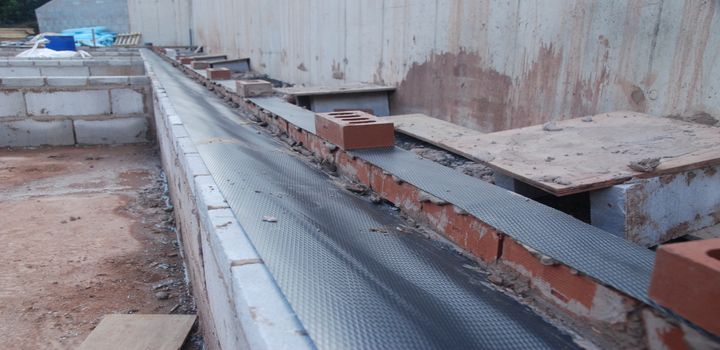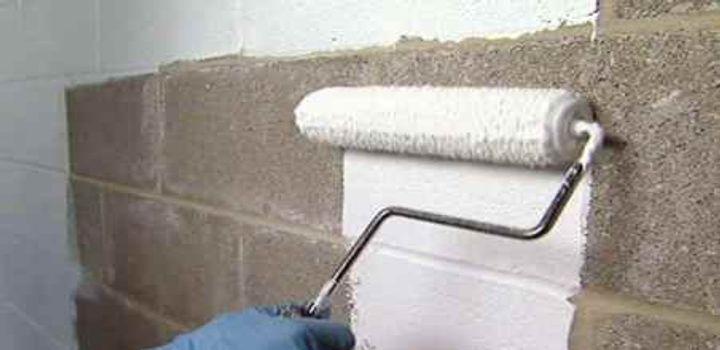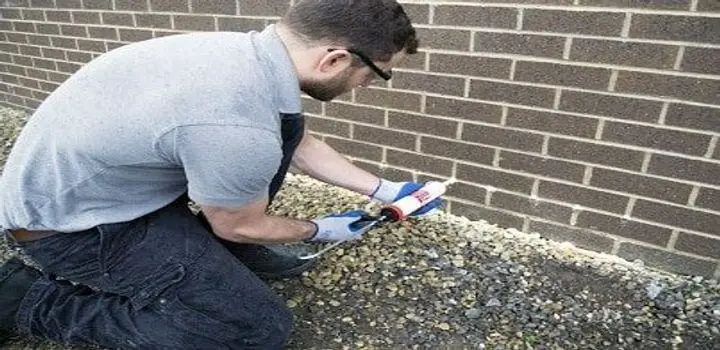Damp Proofing
Damp proofing is method of water-resisting treatment or material applied to the surface of concrete or masonry wall in order to prevent the passage or absorption of water/moisture.
Causes of Dampness
Following are the various causes of dampness in buildings.
- Rising of moisture from the ground
- Action of rain
- Rain beating against external walls
- Condensation
- Miscellaneous
1. Rising of moisture from the ground
When the the building is constructed on the ground which has a soil(clay soil) of having high water absorption capacity or which allows the water to pass, Generally the building materials used in the foundations absorb moisture by capillary action. Thus the dampness finds its way to the floor through the substructure.
2. Action of rain
When the faces of wall, exposed to heavy showers of rain, and not suitably protected, they become the sources of entry of dampness in and similarly the leaking roofs also permit the rain water to enter a structure.
3. Rain beating against external walls
When balconies and Chejja projections do not have proper outward slope, water will retain/accumulate on these and could ultimately enter the walls through their junction. The moisture travel would completely surface interior decoration of the wall.
4. Condensation
The process of condensation takes place when humid air is cooled. Due condensation of atmospheric moisture, water is deposited on the walls, floors and ceilings. This moisture may cause dampness.
5. Miscellaneous
If the structure/building is located on a site which cannot be easily drained off the water, the dampness will enter the structure (i. e, due to poor drainage).
Effects of Dampness
- It causes efflorescence which may ultimately result in disintegration of bricks, stones, tiles etc.
- It may result in softening and crumbling of plaster. The unsightly patches are formed on the wall surface and ceilings.
- The electrical fittings are deteriorated and it may lead to leakage of electricity and consequent danger of short circuiting.
- Excessive moisture results warping, buckling and rotting of timber.
- It may leads to corrosion of metals.
- It promotes growth of termites.
- Dampness leads in breeding of mosquitoes and creates unhealthy living conditions for the occupants.
- The floorings get loosened because of reduction in the adhesion when moisture enters through the floor.
- Dampness leads to damage of materials used for wall decoration.
Methods of Damp-proofing
There are various methods of damp-proofing and depending upon the nature of surface, situation of the structure and amount of dampness, Following are the methods or measures adopted to prevent entry of dampness
- Membrane damp proofing
- Integral damp proofing
- Surface treatment
- Guniting
1. Membrane Damp proofing

Membrane damp proofing method involves in providing a layer of membrane of water resisting material in between the source of dampness and the structure adjacent to it. The membrane mainly comprises of materials like epoxy, polymers, bituminous fells mastic asphalt, plastic or polythene sheets etc.
General consideration to be observed while laying damp proofing course are as follows
- The Damp proofing course (D.P.C.) should cover full thickness of walls.
- The mortar bed which is prepared to receive the horizontal damp-proofing course should be even and leveled and free from projections so that the damp-proofing course is not damaged.
- The horizontal D.P.C. should be laid continuous at the junction and corners of walls, .
- When a horizontal damp proofing course is to be continued to a vertical face, a cement concrete fillet 75mm in radius should be at the junction, prior to the treatment
2. Integral Damp Proofing

This consists in adding certain water-proofing compounds with the concrete mix, so that it becomes impermeable. Thus water proofing compounds may be in three forms
- Compounds made from chalk, talc, fuller’s earth which may fall the voids of concrete under the mechanical action principle.
- Damp proofing chemicals Compound like alkaline silicon, aluminum, sulphate, and calcium chlorides etc which react chemically with concrete to produce WPC.
- Compounds like soap, petroleum oils, fatty acids compounds such as stearates of calcium, sodium, ammonia etc work on water repulsion principle.
3. Surface damp proofing treatment

This consists in filling up the pores of the surfaces subjected to dampness. The use of water repellent metallic soaps such as calcium and aluminum and stearates is much effective in protecting the building against the ravages of heavy rain.
The walls plastered with cement, lime and sand mixed in proportions of 1:1:6 as found to save the purpose of preventing dampness in wall due to rain effectively. So it can also be called as wall damp proofing.
4. Guniting

This consists in depositing an impervious layer of rich cement mortar over the surface to be water proofed. The operation is carried out by use of machine known as cement gun.
The surface to be treated is first thoroughly cleaned of dirt, dust, grease or loose particles and wetted properly. Cement and sand usually taken in proportion of 1:3 to 1:4are then fed into the machine. This mixture is finally shot in the prepared surface under a pressure of 2 to 3kg/km2.
The nozzle of the machine is kept at a distance about 75 to 90cm from the surface to be guinited. The mortar mix of desired consistency and thickness can be deposited to get an impervious layer.
Also Read – What is Soling?| Why it is done? | Types | Procedure
